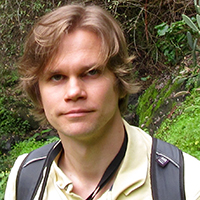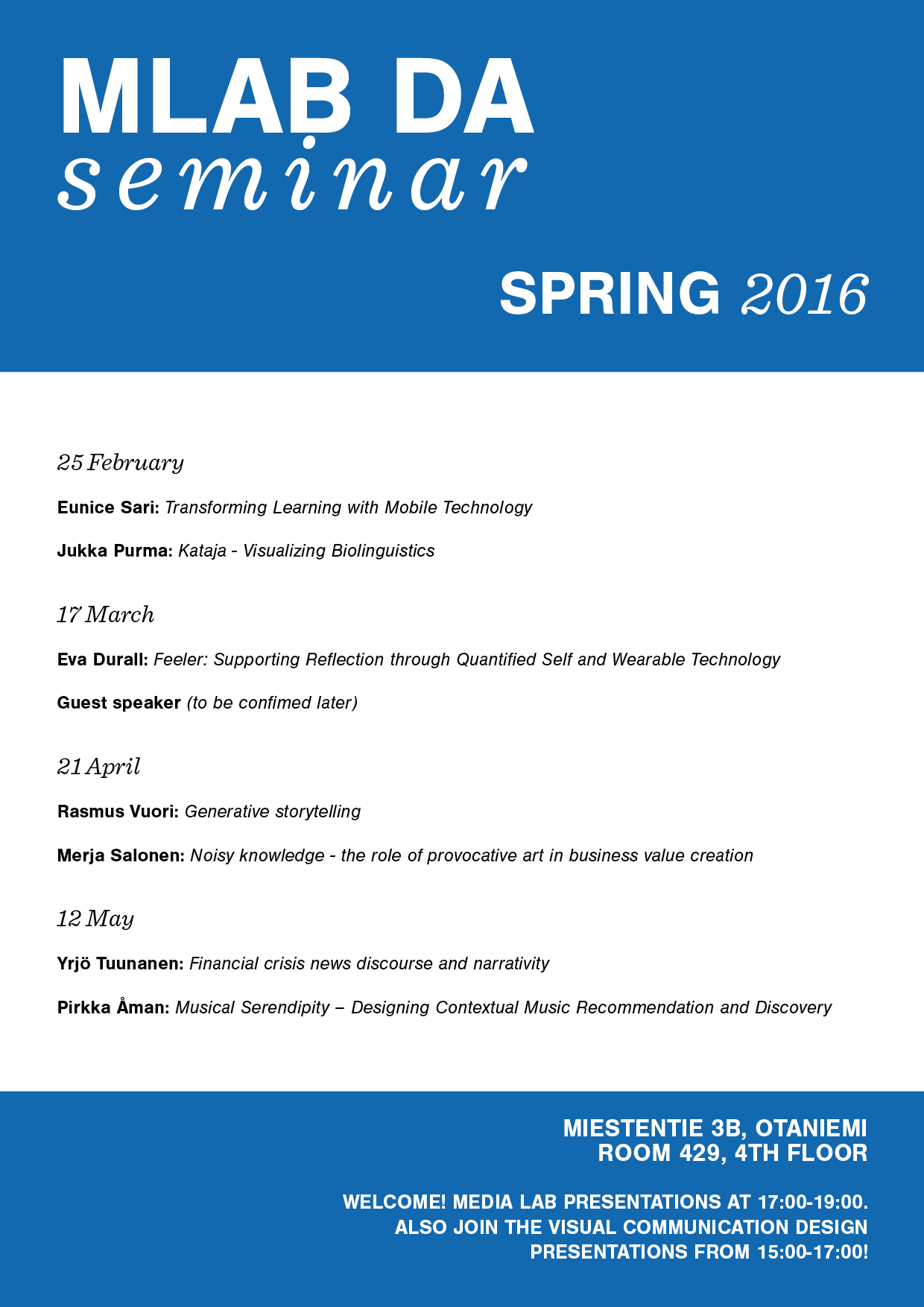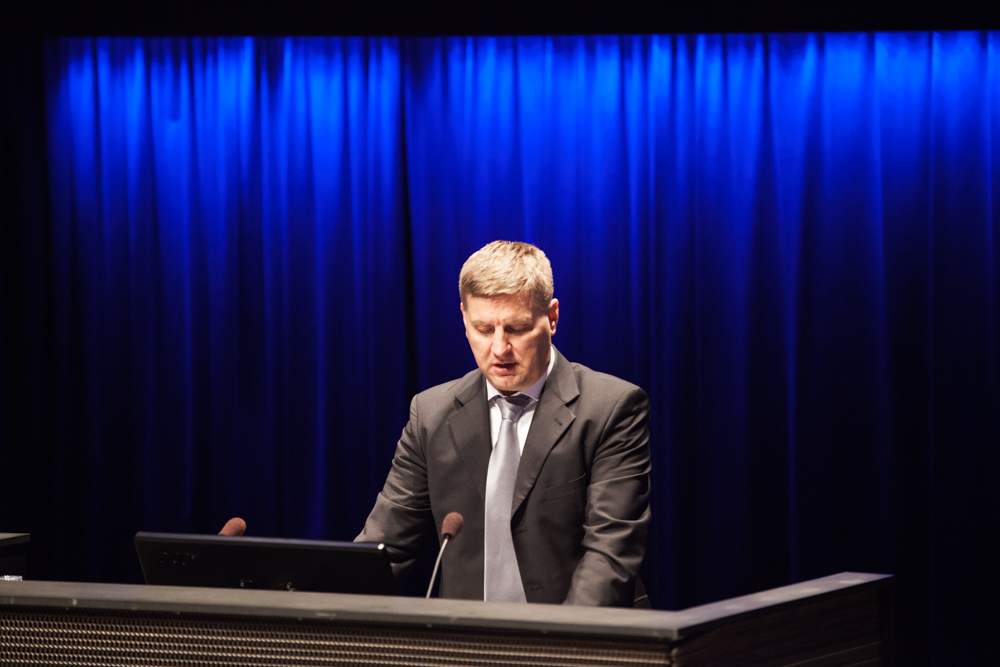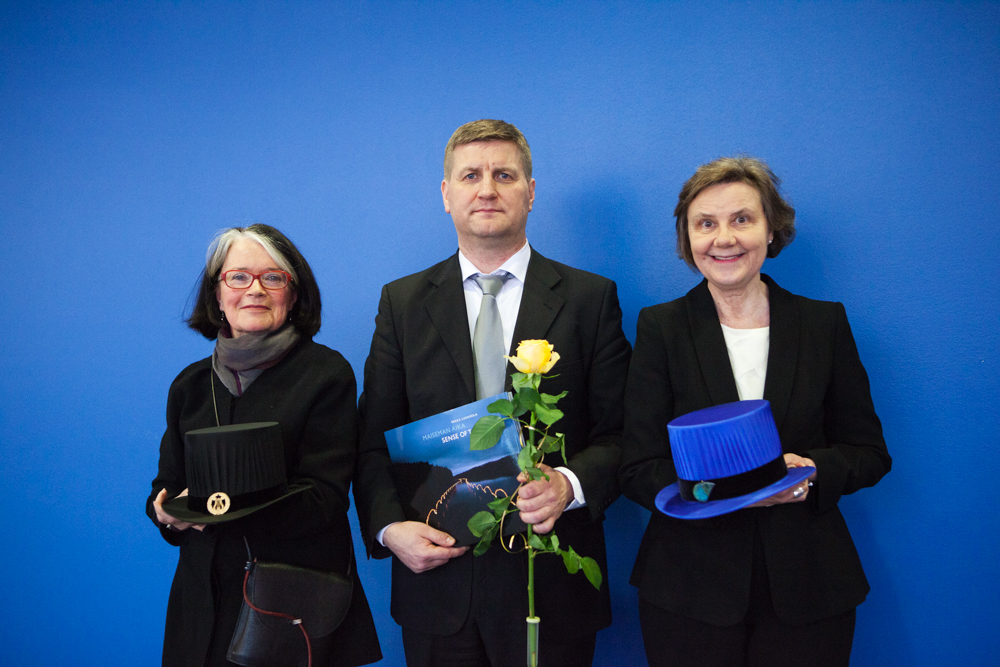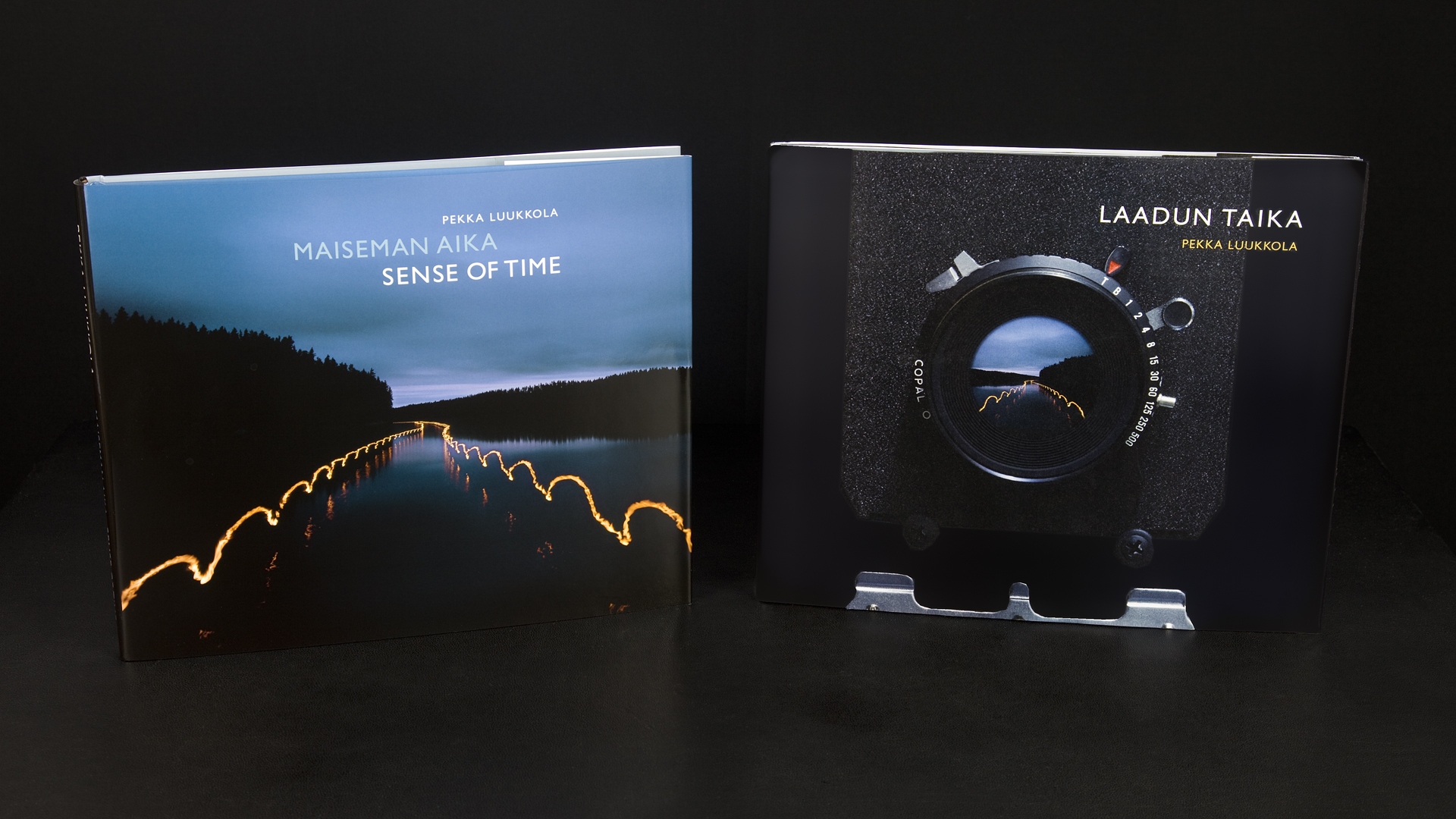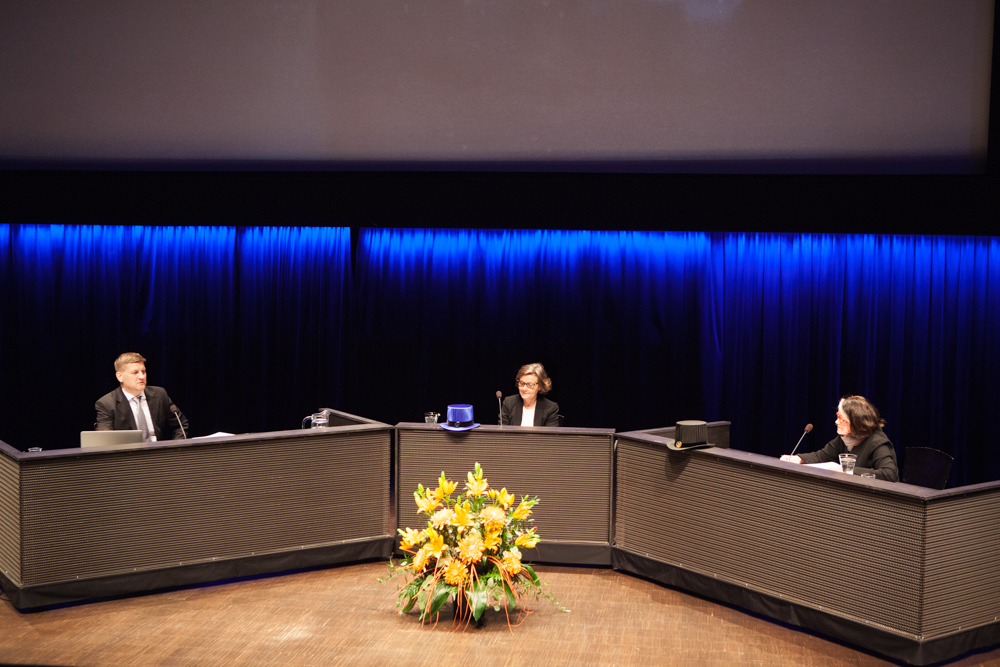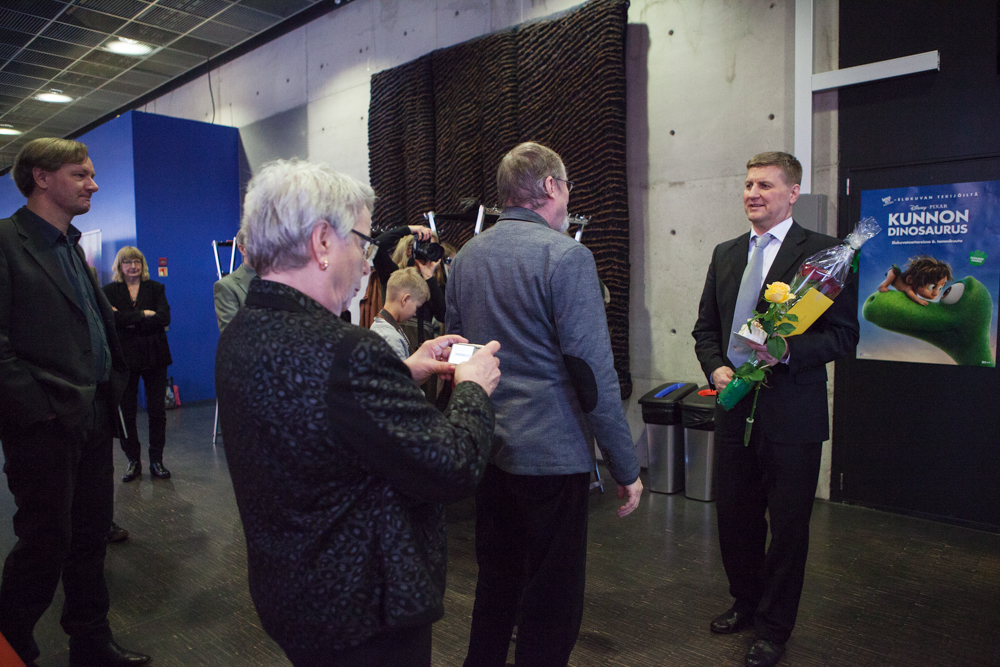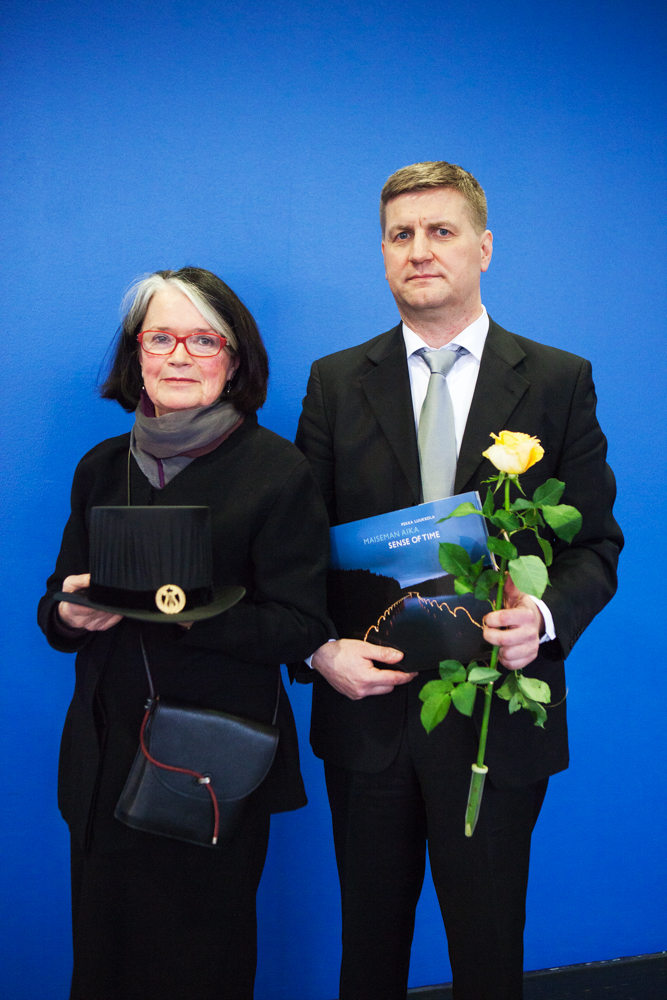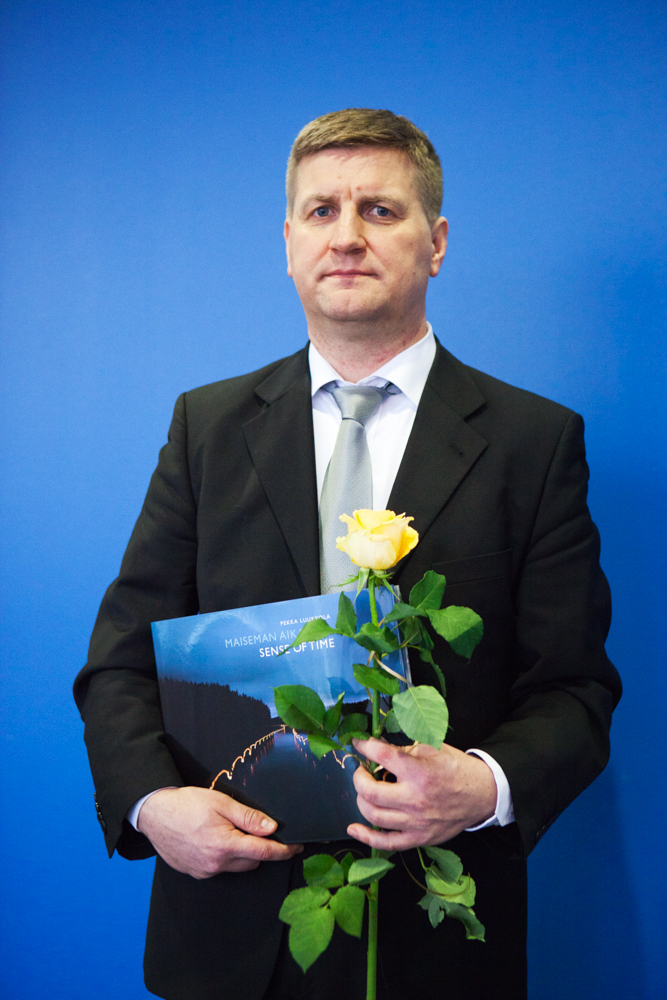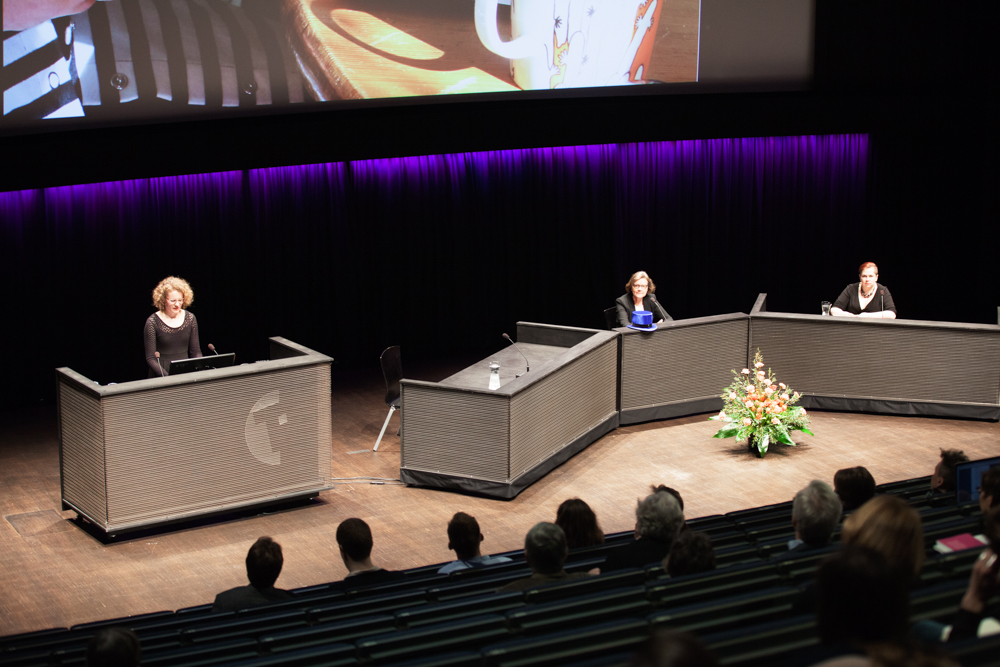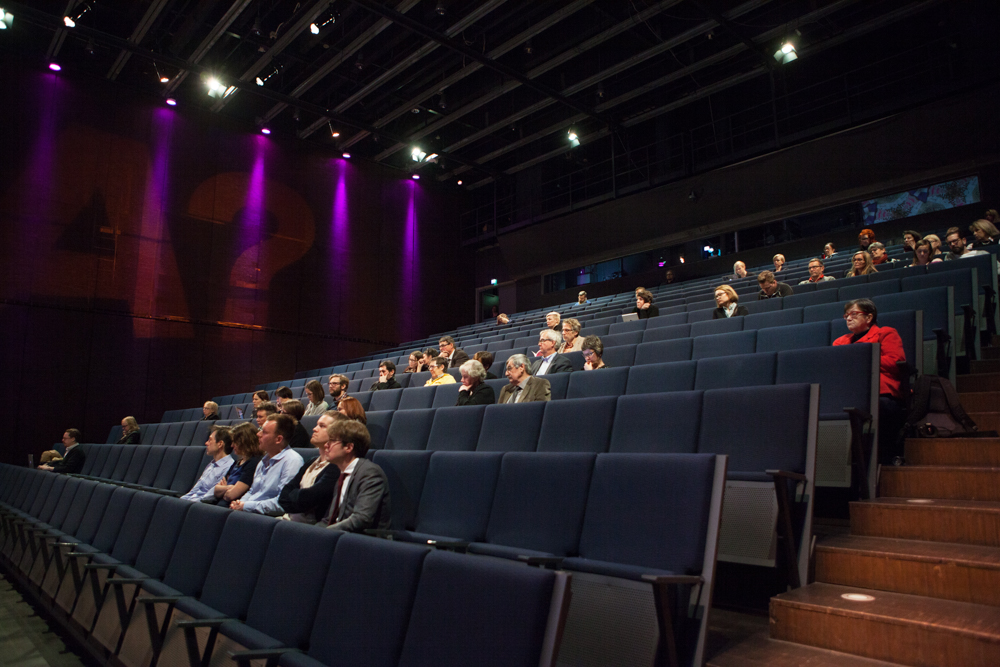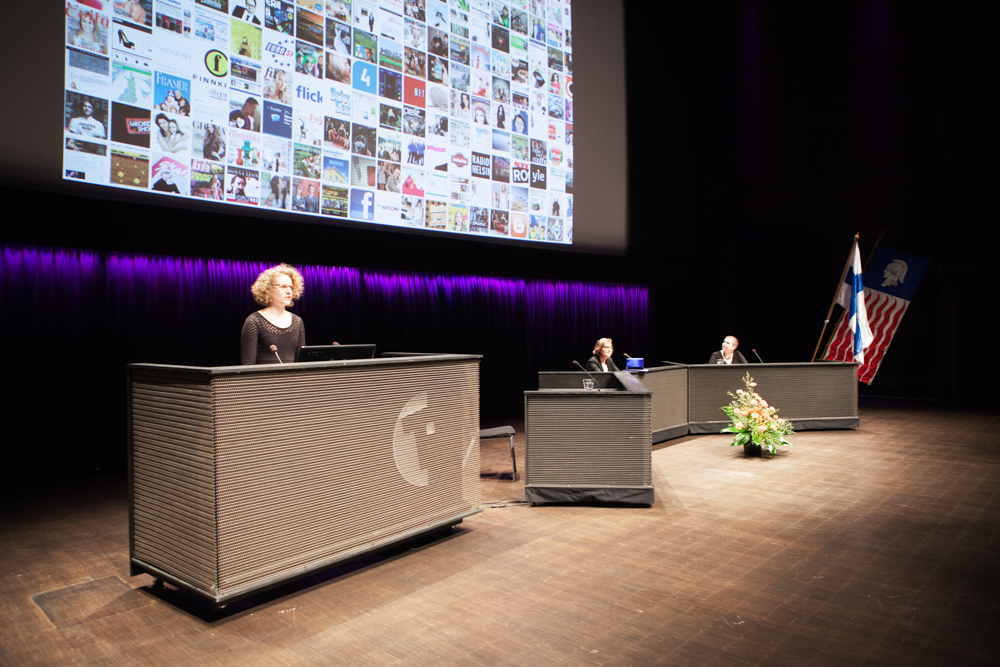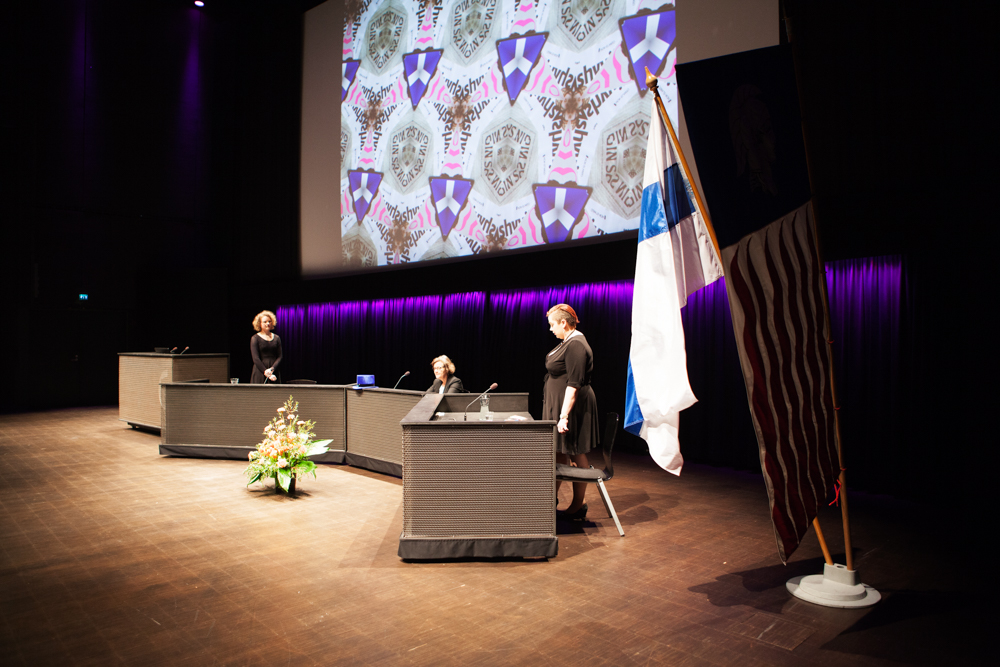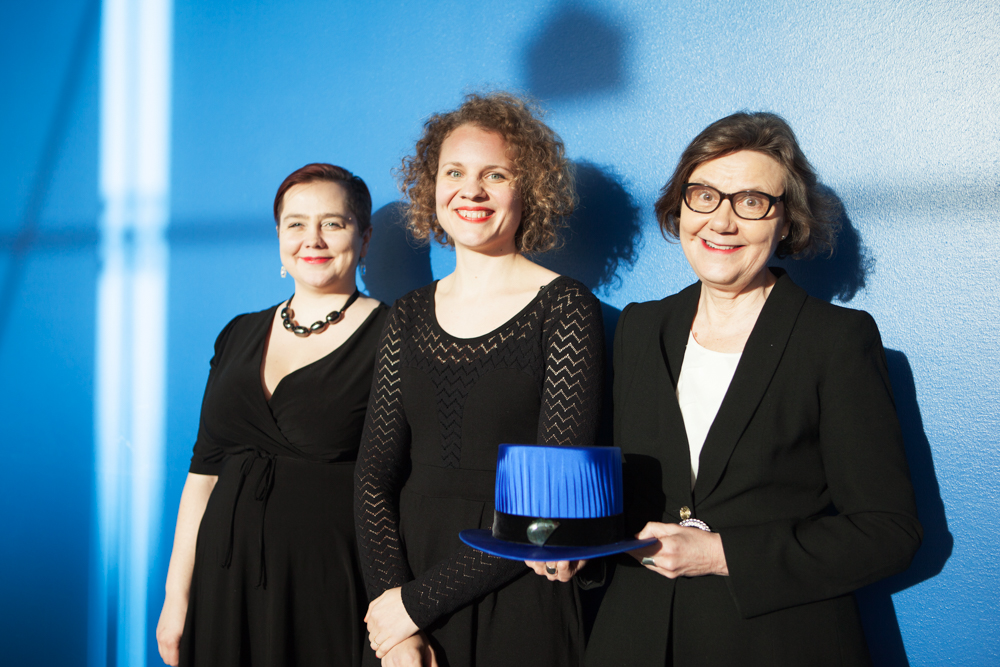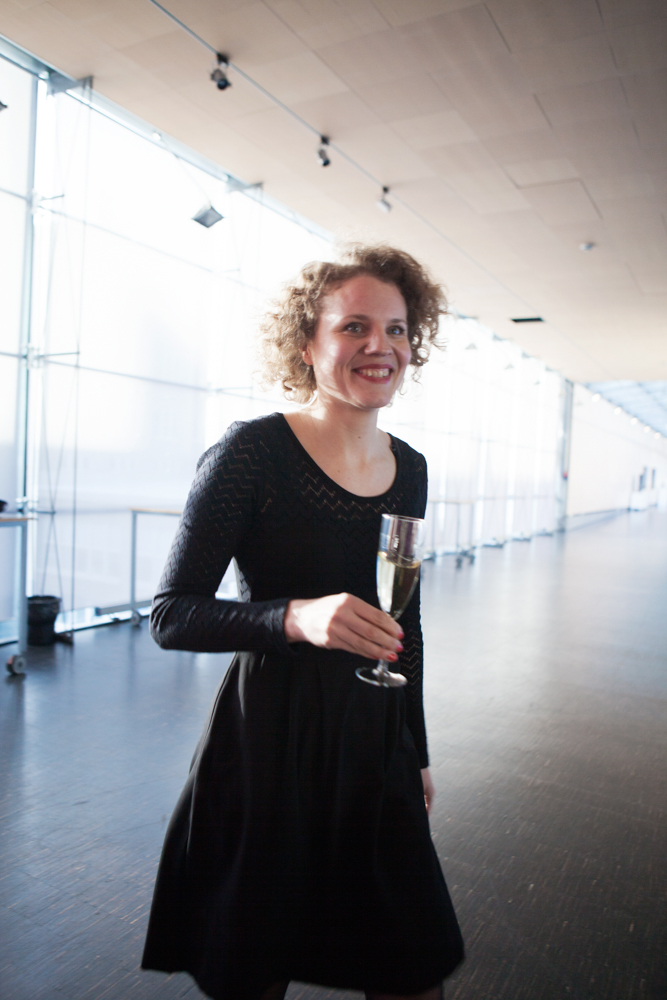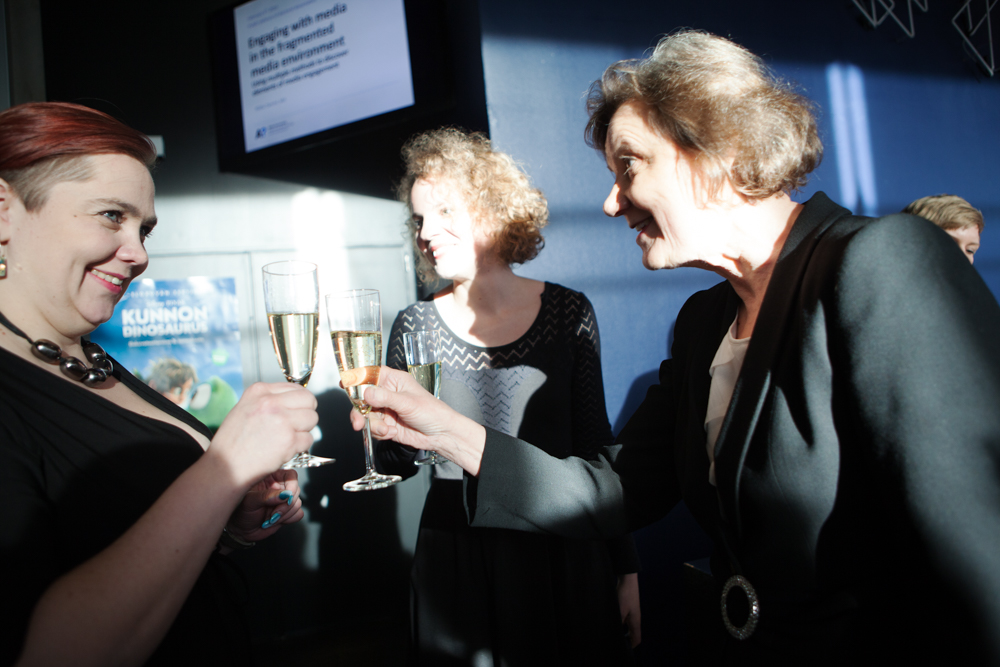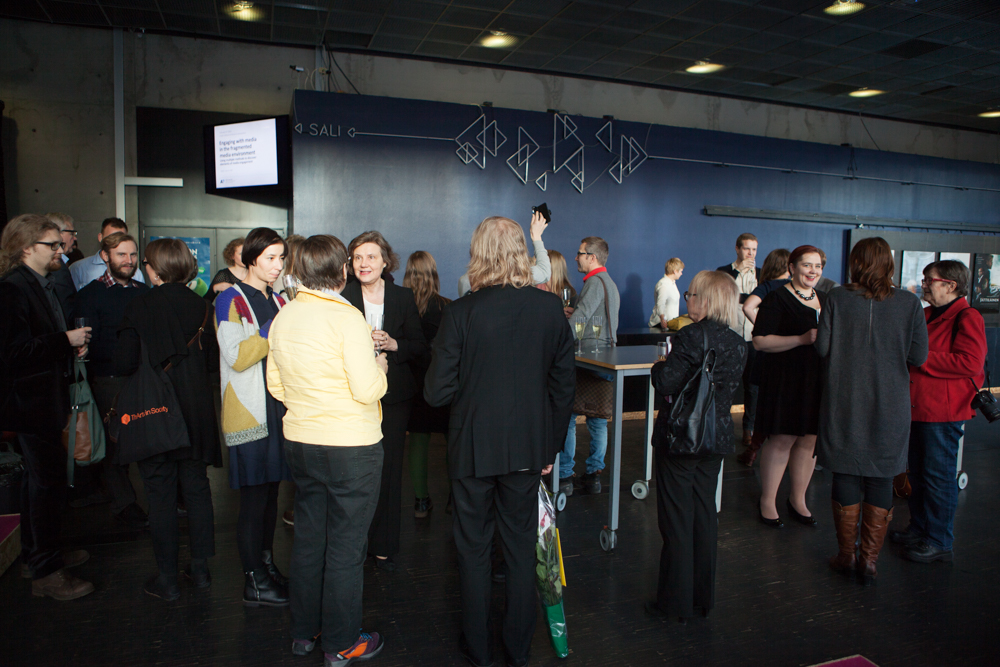First Mlab DA seminar of the spring 2016 is this Thu 25.2 in room 429, Miestentie 3B, 5-7pm, welcome!
Eunice Sari: Transforming Learning with Mobile Technology
Jukka Purma: Kataja – Visualizing Biolinguistics
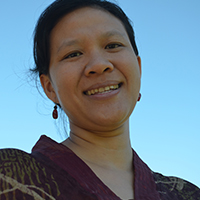 Eunice Sari: Transforming Learning with Mobile Technology
Eunice Sari: Transforming Learning with Mobile Technology
This presentation discusses various mobile learning projects and their contributions to the development of mobile teaching and learning framework in Indonesia.
With an aim of redefining a learning experience through the use of mobile technology in teaching and learning, I have conducted a number of studies between 2006 and 2016 in both developed and developing countries to investigate user interaction and attitude toward mobile technology for teaching and learning. The studies apply design and action research approaches in order to dynamically design and develop good teaching and learning experience using mobile technology. In this presentation, I will present several projects conducted between 2006-2016 that involved the use of mobile technology to support teaching and learning in both developed and developing countries and some lessons learned for the development of mobile teaching and learning framework for Indonesia.
The first case study discusses the early adoption of mobile technology in early 2006. I conducted a series of feasibility studies in Thailand, Indonesia, Malaysia, Singapore, Denmark and Finland. Employing ethnographic-inspired user research approach (i.e. contextual inquiry, participant observation, shadowing), interview, focus group and cultural probes, I gained rich insights from students, teachers, lecturers and other relevant stakeholders from various educational institutions about their perspective on the use of the mobile technology as a tool for teaching and learning. The concept of mobile learning was still a distance for majority of the users, while there is a large adoption of feature phones across the region, particularly in Indonesia as the 4th largest mobile market in the world.
The second case study discusses the changing of the landscape of Information Communication Technology (ICT) started around 2007-2008 in Southeast Asia. The general landscape for smartphones had grown significantly and the social media started to become a new common basic requirement for mobile end-users. This significant development influenced the adoption of mobile technology in education field. However, the education market was in general still unsure and undecided market due to cost of the mobile data, education and social ethics. In this project, a series of online activities to educate teachers and school leaders on the use of ICT in teaching and learning. Social media was employed in the development of online learning community to socialize the concept of professional learning and the use of mobile technology was encouraged to support the flexible learning, especially for educators who work in rural and remote areas in Indonesia.
The third case study started in 2013, where I investigated the use of mobile technology as a learning tool for large size flipped learning multidisciplinary classes at a university in Australia. The project has been repeated for twice from 2014-2015 and now is entering the third year experiment with some modification on the mobile automated assessment (2016-2017). While the context is in Australia, there is a lot of lessons that can be learnt and transferred from this project for developing a mobile teaching and learning framework in Indonesia considering more than half of the participants in the projects are from Asia and they have a lot of similarities with students in Indonesia.
In addition to this project, I also conducted a number of smaller studies on mobile learning. The first one is the study at primary level of education on how mobile technology could be implemented to engage students and teachers in classroom teaching and learning, and how participatory design process can be implemented to engage a teacher, a UX Designer and an Instructional Designer, as well as students at different levels and phases of design process to create good learning experience.
Jukka Purma: Kataja – Visualizing Biolinguistics
This presentation focuses on section ‘Tools for syntacticians’ of my thesis work ‘Kataja – Visualizing Biolinguistics’. The thesis includes production of visualization software Kataja and a written part. Kataja is a digital instrument for researching syntax in biolinguistics, one theoretical direction in linguistics. The design of the instrument depends heavily on understanding of the current theory and possible directions it may take, so most of the thesis is about syntactic theory and hypotheses employed in biolinguistics, and how to turn them to visual interactionable components in software. Aside those concerns, the thesis aims to position Kataja as a digital research instrument by examining history of research instruments in general and diagramming tools in linguistics.
The study of diagramming tools shows that development of software tools, especially parsers and treebanks in linguistics has had significant role in separation of computational linguistics from generative linguistics: in general, when a new software tool is presented as an intended goal of research, the scope of its usefulness has been broader than just the theoretical questions that inspire the tool. These practical promises of usefulness can take over the tool development. Development of parser tools broke out from their original theoretical questions into parsing by any means necessary, creating fields of computational linguistics and natural language processing. Tree diagrams were continuously used for testing, teaching and debugging parsers, while many assumptions behind these diagrams were rejected or replaced in generative theory.
Viewing from generative tradition, diagramming tools employed in parser and treebank development belong into unfamiliar tool chains. To benefit from these tools, a computational linguist’s approach to research would need to be emulated. Tree drawing tools developed in generative tradition are few and they are designed to support introductory courses omitting recent approaches for tree construction, namely those based on operation Merge. The divergence of computational linguistics from generative linguistics teaches that new tools import some aspects from the theory they are built upon, but assumptions of the theory that are not made explicit in tool are easy to misconstrue.
With digital research instruments, the design space of what is explicitly labeled or immutable, and what is left out, or for users to define, is larger than with analog instruments. Biolinguistics needs a visualization tool that puts the operation Merge into focus, as it is in the recent theoretical work. As long as Merge is in center, misconstructing or reinterpreting other aspects of theory is not a risk for advancement of the biolinguistics. Emphasis on Merge is also necessary to escape from usage assumptions of computational linguistics’ tool chains: if the tool supports exploring properties of Merge-based structures, it requires a new take on how this task would connect to other tools.

